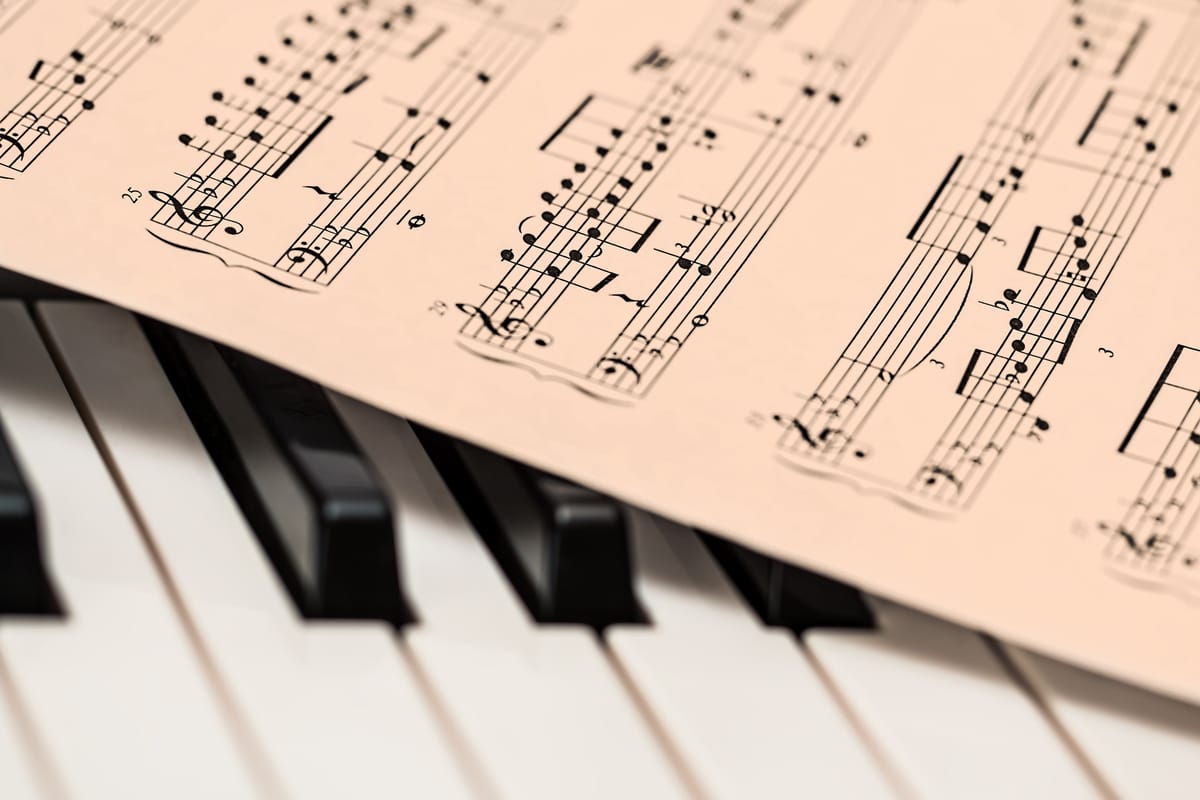How to Get a Music Exam Distinction – Part 1

Music exams are criterion-referenced, meaning that marks are awarded according to pre-determined criteria. The advantage of a criterion-referenced exam is that anyone can get a distinction as long as their performance is good enough when matched against the criteria, as opposed to a norm-referenced system, in which only a percentage of candidates can be awarded a distinction no matter how well they play.
Most candidates do not, in fact, get a distinction, although most candidates do pass. Candidates who are good at all aspects of the exam are the ones who get a distinction and, as the pieces (or songs) attract the most marks proportional to the other elements of the exam, we’ll start by considering these.
Fluency, accuracy and poise
Fluency is one of the most fundamental aspects of playing well. A distinction performance will have poised fluency. Poise is achieved by convincing accuracy, with a reassuring degree of technical control over the tone and the rhythmic flow.
Notes and rhythms should be accurate, although very small slips may be overlooked if the performance is otherwise fluent and musical. A tiny slip sounds very different from misreading the music.
Accurate intonation is required by singers and by players of instruments such as violin or flute, who should stay in tune with the accompanist and also when unaccompanied.
Musical Character
Musical character is expressed by varying elements such as articulation (the way each note is produced), tempo (speed) and dynamics (loud and quiet). A suitable tempo is crucial – too fast might cause slips and a rushed feel, whereas too slow alters the character and difficulty of the piece, and may make it difficult for singers and wind players to breathe properly.
Baroque music often has a dance-like character, shown in buoyant, detailed articulation, as in this piece by Handel:
The dynamics should be appropriate to the style of the music as well as the character, for instance music from the Classical era will often be elegant, with graded, quite subtle dynamics, like this:
Tone control and phrasing
In instrumental playing, a beautiful, confident sound should show subtle tonal nuances as well as a range of dynamics. Melody lines need to sing out above the accompaniment, whether for an instrument accompanied by piano, or a piano solo.
The tone can express meaning too; for instance, a singer may adopt a different tone to represent each of two characters in a song, or to ‘paint’ colourful words such as ‘raced’ or ‘squeaks’.
Dynamics and tempo are used together to shape the phrases so that they sound musical. In very expressive music the rhythms and the tempo are slightly flexible to show the musical style and character – the pace and dynamic could become increasingly intense towards the middle of a phrase, then gradually relax towards the end. This shaping is called ‘tempo rubato’.
Here’s an example of good tonal balance and rubato in a Romantic era piece by Chopin:
Musical style
Character and style are different – a piece in any style may have a happy or sad mood and a lively or sedate character. Performance style is largely to do with adhering to the accepted conventions that professionals apply in relation to the genre of the music and the era when it was composed.
In jazz style music, often included in exams, the pulse is usually firm and the rhythms may be interpreted precisely as notated, as in Bow-Chicka-Wow-Wow by Ben Crosland:
… or the jazz style might need ’swing’ rhythms, as in 60s Swing by Evelien Vis:
There’s much more about stylish playing at E-MusicMaestro – for free!
The whole story
The pieces make up a high proportion of the marks needed for a distinction but they are not the whole story since the remaining marks are gained from the supporting tests, which will be discussed in Part 2.





